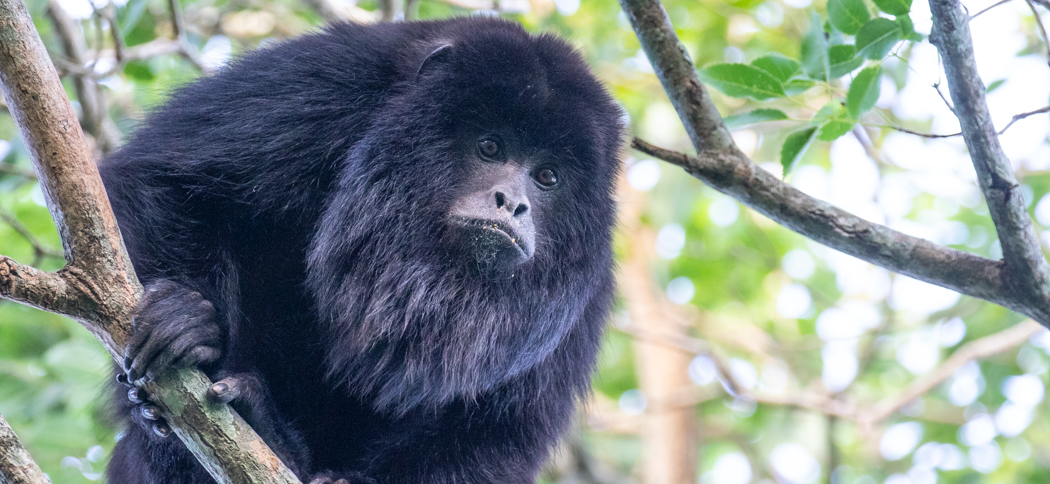
Strange Tails
We're delighted to have a strong population of strange-tailed tyrants at the reserve. So much so that we've adopted these beautiful and endangered birds as the symbol of the Trust
The growing diversity of the animals of Reserva Don Luis is a fresh source of delight every time we return. We don't play favourites, but it's impossible not to engage more with some of our more conspicuous guests. One of these is the strange-tailed tyrant. The male is stoic in his tolerance of one of nature's strangest - and it would seem least practical - adaptations. He's willing to suffer to be beautiful, and somehow manages to fly with tail feathers that were surely designed for a bird three times his size.
We love his perseverance; his resolution to succeed against challenge, and his ability to prove that anything is possible. He's appearing in growing numbers on the Reserva Do Luis, and his success has become an allegory for, and a symbol of, our own.
When we started the process of updating and redesigning our website, we wanted to adopt an image that symbolised our aims and our challenges. This brave little flycatcher, with his indomitable character, was the perfect choice.
The logo is a stylised profile of a male tyrant, silhouetted against the sunrise. We coloured the sun the blue of the Argentinian flag in honour of this country's beauty, its climate and the breathtaking span of magnificent animals that it nurtures.

Bat Research
Our bat team is conducting bat research both in the Ibera Marshes and in other provinces. We are especially concentrating on Misiones at the moment where we find the largest bat in Argentina, Chrotopterus auriitus and Myotis ruber, two species that we are researching.

Black Howler Monkey (male)
Alouatta caraya
The Black Howler Monkey is relatively common in South America and certainly lives up to its name. They are considered to be the loudest land animals and we often hear a chorus of incredibly loud grunts and rumbles around dawn at the reserve, just before it rains and at other random times. They are very shy animals (except for the juveniles who are curious), and will urinate and defecate on intruders whilst trying to get out of sight. I have developed a loose relationship with the local monkeys and they appear to tolerate my presence although they tend to turn their backs to me.
The male is black whereas the female is more of a red colour and the juveniles start off an ivory colour. Their length can vary from about 50cm to almost a metre with the prehensile tail almost as long. Their lifespan can be up to 20 years.
We have a family of these attractive social animals in each of our small woods and the family size seems to range from 6 to about 12. They move around high in the tops of trees only coming down to ground level to take water although the majority of their water comes from dew in the leaves. Their diet consists of leaves, fruit, flowers and nuts.
These mammals have no predators other than possibly Jaguars, but are in decline due to loss of habitat.
Female Black Howler Monkey
.jpg)

